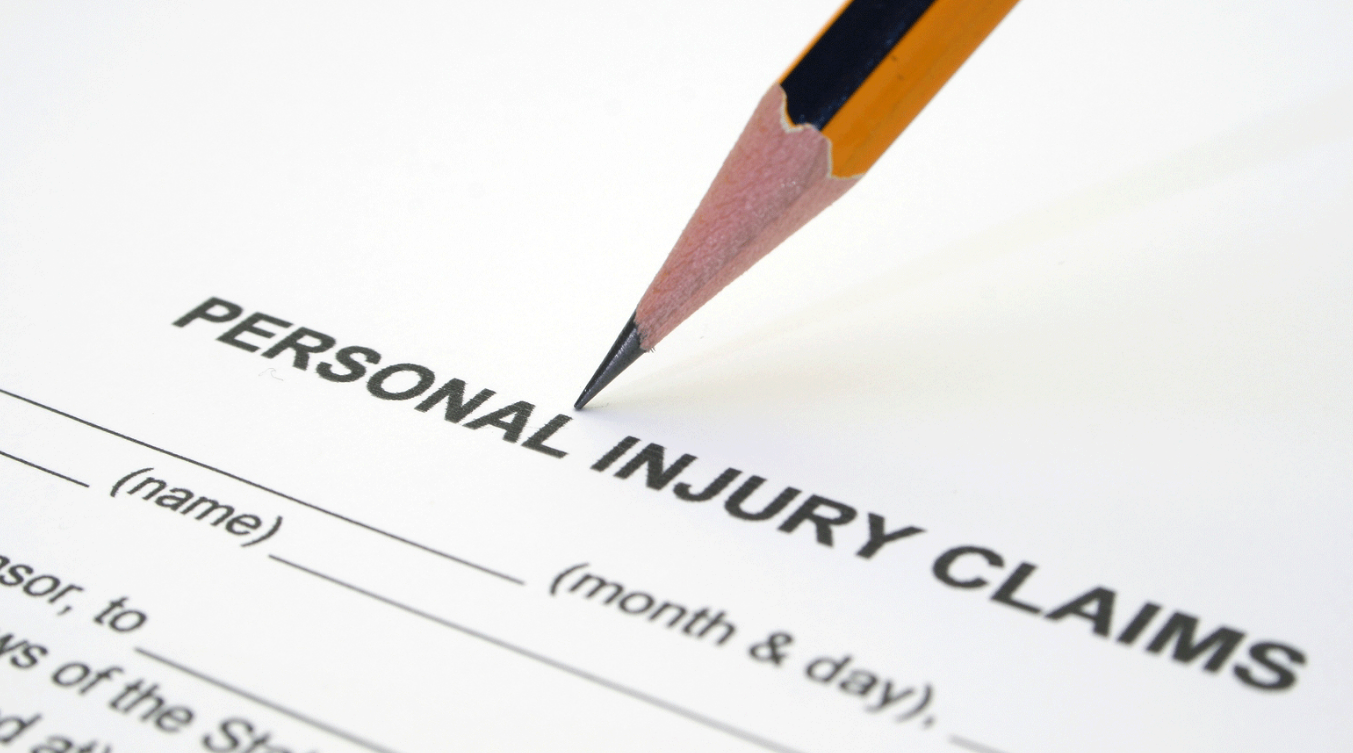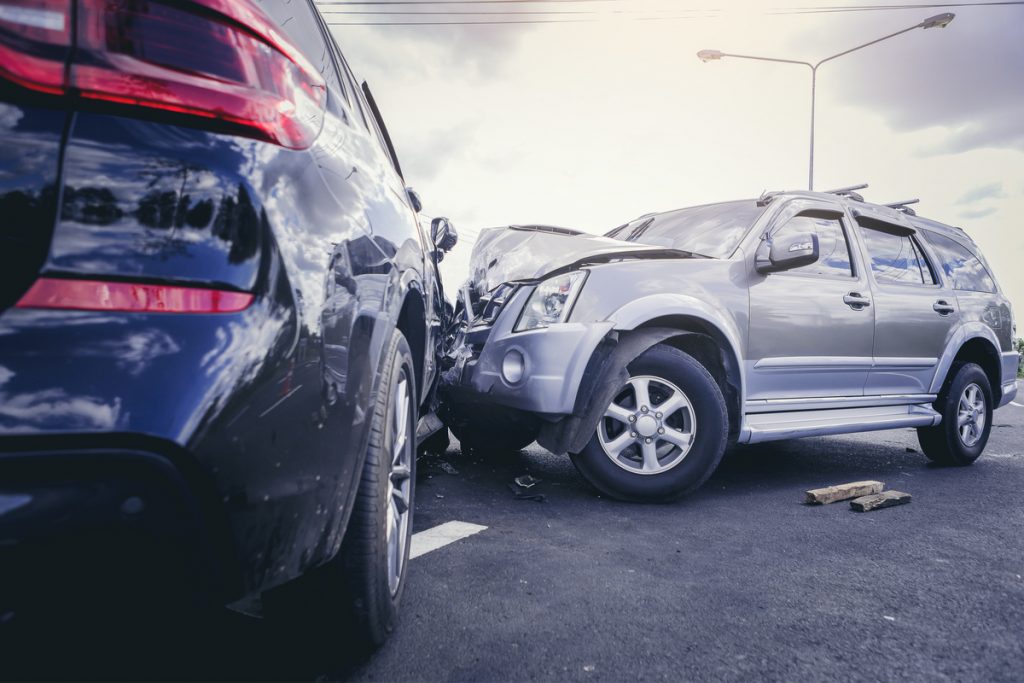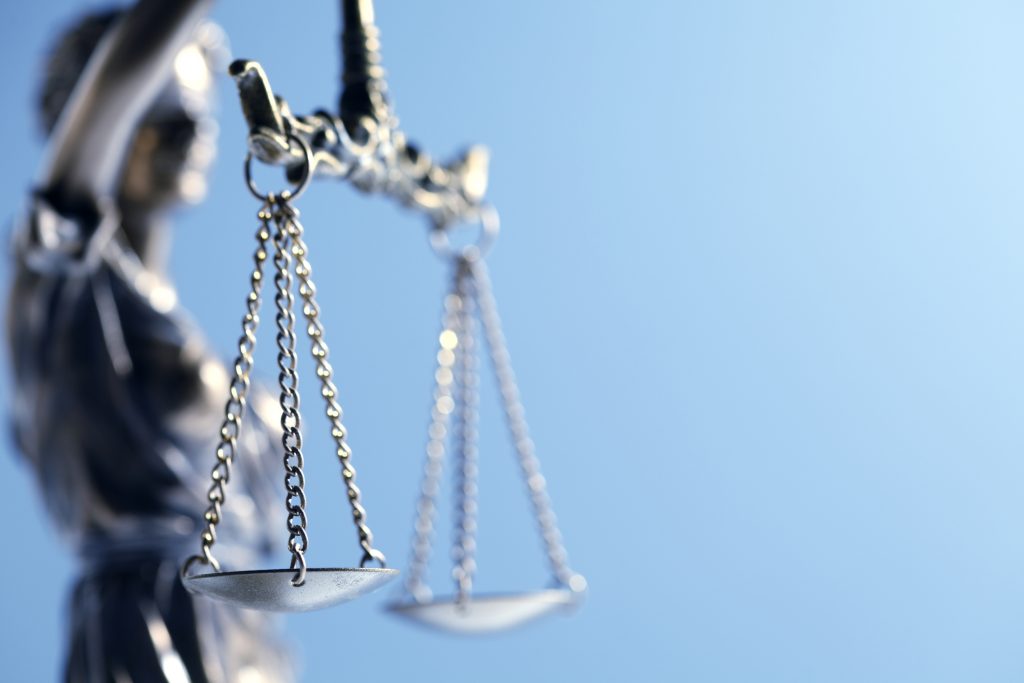
Under the laws, the managers or the keepers of public properties which is accessible by civilians either for trade purposes or as a visitor may be liable for any damage taken if the service provider’s negligence is the main reason for the accident. Under the Personal Injury Laws of Australia, negligence is defined as, a situation in which the host or the service provider is at the duty of preventing any harm and eliminate potential risk factors which can be failed by lack of taking an action or preventive measures, therefore, can lead to unfavorable medical situations and injuries that may last long. Click here for a more detailed guide to fully understand your entitlements.
The key element of personal injury claims is the procedure of establishing liability and negligence. A complaint cannot be brought forward in personal injury claims if the harm is taken by an action that involves inherent risk. On the other hand, you may have a legit reason to make a claim if the other party’s responsibility was to provide a safe environment and if they failed to do so. However, these claims are examined under several Acts brought into force by the Australian government.
Table of Contents
Liability in motor vehicle accidents

img source: redmannlaw.com
As stated before, to be eligible to demand a compensation payout, it has to be proven that the main cause of the damage is another party’s actions or behaviors. In motor vehicle accidents, the drivers and the public roads’ users carry the duty to prevent actions that might cause harm to the other drivers, pedestrians, passengers or pillion passengers. The civilians utilizing the roads in Australia are prohibited from acting on their free will which might be dangerous for someone else. As an example, if the density of the traffic is bothering and time-wasting, the drivers are still obliged to follow the rules and obey the regulations as if a negligent action is taken, others might suffer the consequences. Even if the majority of the damages are caused by the vehicles in traffic, even pedestrians carry the same duty to obey as these rules and regulations are designed with a purpose to protect everyone. Jaywalking has caused many occasions where the driver oversteered to prevent running over the pedestrian and took massive harm just to protect the pedestrian which, in this scenario, is the negligent party.
Additionally, the victim is also responsible for their own safety even if the accident was totally someone else’s fault. An unmaintained vehicle, ignoring interior safety measures such as not fastening the seatbelt or overloading the vehicle may decrease the amount of compensation that may be awarded.
Liability in public accidents

img source: gcoffey.co.uk
Duties are in every aspect of our lives and our responsibility to others is what must be performed at all costs. In restaurants, shopping centers, parking lots, in our own properties and in schoolyards, accidents ended up with bodily harm is compensable. Whoever is in charge of the property or the business, will be judged at the court if lack of safety caused harm to any other individual.
In schools, the duty of the establishment is to supervise the students, eliminate risk factors and maintain the building in accepted standards. Educational institution’s equipment, property and safety measures should be up-to-date and in good condition. Most importantly, if the students haven’t reached the age of majority, their capacity to evaluate the risks is less than an adult can do. Supervising is critically important on such occasion as in kindergartens, elementary schools and even in high schools, the obvious risk factor might not be as obvious to the students, due to their age and mental capacity to evaluate risk.
Liability at work and in the workplace

img source: libertyspecialtymarkets.com
The duties imposed and enforced on the employers are designed in a way to prevent harm to all in the same environment. The sole aim of the workplace safety regulations is to provide safety, trust and justness. Although almost every employee in Australia is classified as a worker, those working under harder conditions such as miners, construction yard workers and manufactory workers are facing higher risk on a daily basis. Australian Workcover demands employers to equip their businesses with the necessary equipment to eliminate these risk factors.
Employers’ duty is to take immediate action once a risk element appears and delaying doing so can put them in a position to be liable for the accidents. However, taking preventive measures is not sufficient to provide safety in the workplace. Maintaining the condition of the workplace equipment, utilizing the equipment in the correct way and sustaining responsible behavior throughout the work, is the duty of the employer.
The most common workplace injuries occur from slip and fall accidents, falls from the same level and muscular damages due to working with heavy objects. However, many other factors can trigger adverse conditions. As an example, biologically, the human muscular system requires a sufficient amount of rest before repeating such effort-based actions. Overworking can unnecessarily long shifts will sooner or later cause muscle traumas which will weaken the muscular system and make it vulnerable to damages. Workers’ working schedule can be designed in a way to prevent such injuries.
Even after an accident, the employers’ duties are not over. The employer will be demanded to assist the injured worker while they are on workers’ compensation. The employer should provide the worker with the necessary information, design a back-to-work program if the worker is eligible to work again in the same occupation and plan necessary meetings with the worker and the case manager to evaluate the situation of the worker and provide a unique work schedule if the worker chooses to continue his/her recovery at work.
Negligence and liability in a nutshell

img source: cooperschallandlevy.com
In personal injury claims, the key element is the behavior of the defendant before the accident and the comparison of another peer’s or reasonable individuals’ actions on a similar occasion.
However, the process isn’t as simple as it sounds, and the course of the process requires attention, patience and competency. The claimant has the responsibility to provide the court with sufficient information and evidence to prove liability.







